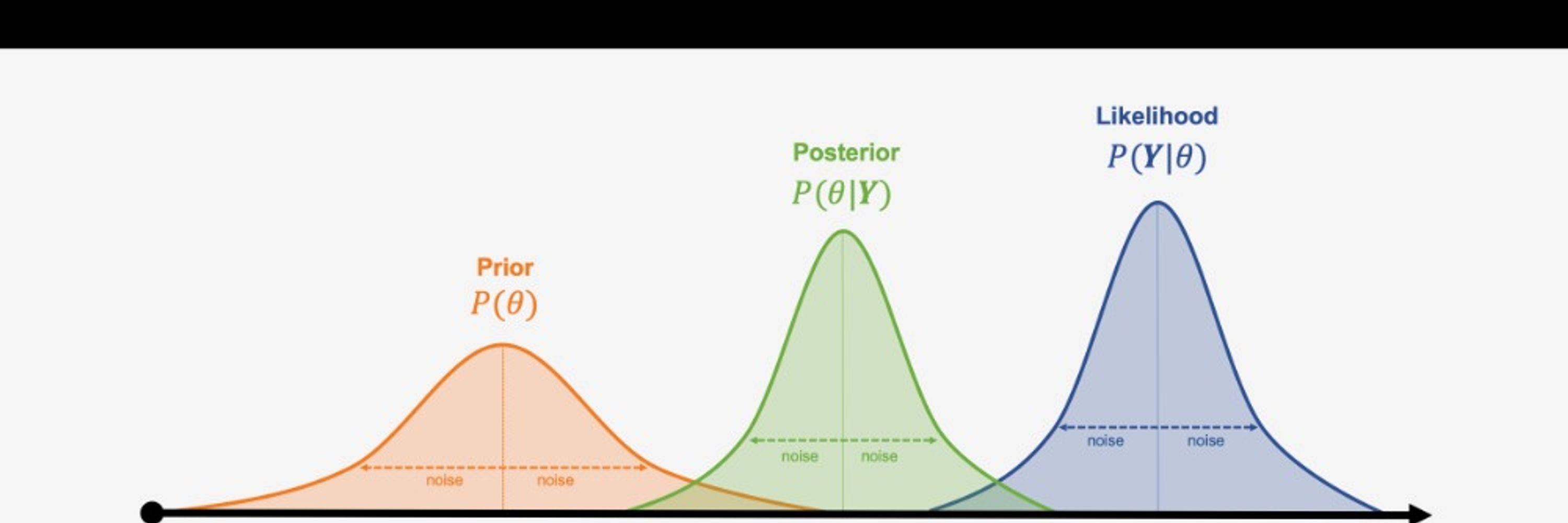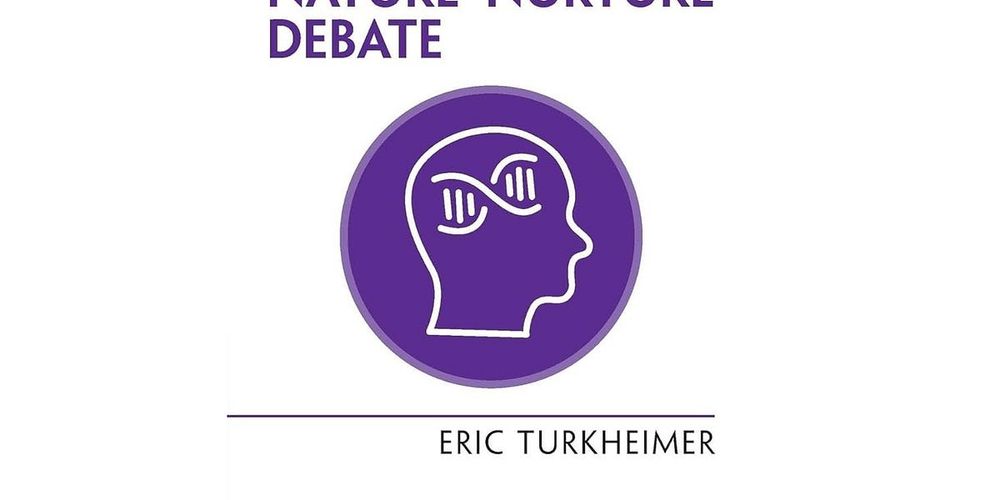Zack Williams, MD, PhD
@quantpsychiatry.bsky.social
3.1K followers
5.2K following
650 posts
•Autistic (+ADHD, OCD, Tourettes) autism researcher and trainee psychiatrist (rising PGY-1)
•YaleCSC➡️VanderbiltMSTP➡️UCLA
•Catatonia enthusiast, patient advocate, stats guy
•MH research/methods/advocacy, autism/neurodiversity, academic medicine, dumb jokes
Posts
Media
Videos
Starter Packs
Reposted by Zack Williams, MD, PhD
Reposted by Zack Williams, MD, PhD
Reposted by Zack Williams, MD, PhD













